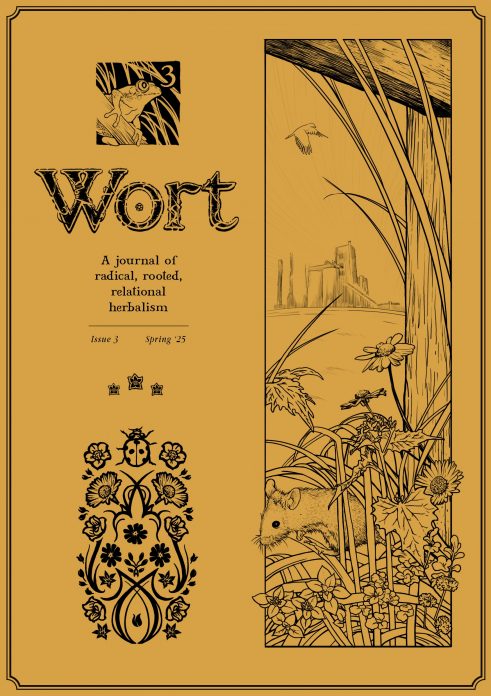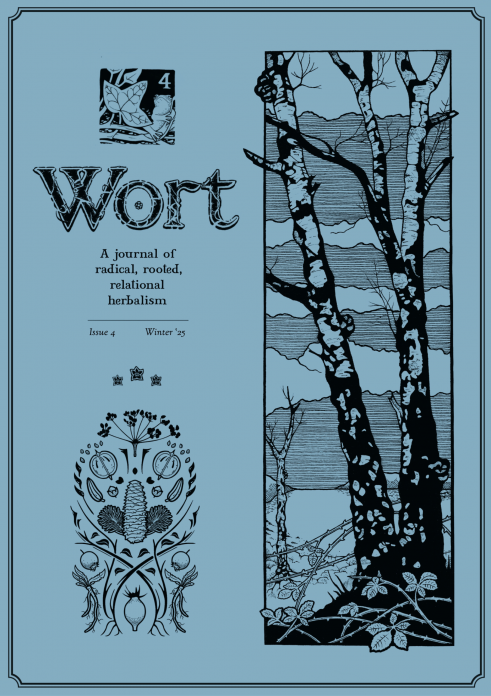Aufheben *20 (2011-12)
£2.52
Description
Contents
INTAKES: COMMUNITIES, COMMODITIES AND CLASS IN THE AUGUST 2011 RIOTS
Although initially a ‘community riot’ in Tottenham, where the principal target was the police, the disturbances spread rapidly as ‘commodity riots’ across London and eventually many other major conurbations. Access to electronic devices servicing social media appeared to have accelerated the diffusion of disturbances in comparison to those in July 1981. The spatial restructuring of local shopping streets into more distant retail parks and shopping malls encouraged mobility and organisation amongst the ‘looters’. Failures of policing, though highlighted by the media, were a result of surprise, lack of trained personnel and logistical problems, rather than cop ‘conspiracy’.
DRIVING THE NHS TO MARKET: PART 1
The establishment of the NHS in 1948 is widely seen as the jewel in the crown of the post-war class settlement in Britain. The Conservative Secretary of State for Health, Andrew Lansley is committed to change this and wrenching the jewel from the fallen social democratic crown. The Health and Social Care Bill threatens to open the way for the breakup of the NHS and its replacement by a US-style private health care system. Yet this drive to the market in health care is not new. The basis for the proposed ‘reforms’ were put in place under New Labour.
In this article, we place the current market ‘reforms’ in historical context. We shall see how the neoliberal attempts to re-commodify health care over the past thirty years have faced formidable problems, not only from the fact that NHS has remained popular, but also because the delivery of health through an integrated public service has proved to be highly cost effective.
GOING UNDERGROUND
Is there a future for traditional workplace-based organisation? How does the modern changing nature of work affect opportunities for workers to organise as workers – or even as revolutionaries? In this article, we review the Solidarity Federation pamphlet Workmates which looks at these questions in the context of the anti-privatisation struggles on the London Underground in the late 1990s and early 2000s. While the pamphlet poses many of these questions and offers insight into the process of workers resistance to management attacks, often the answers are left all too brief or unexplored.
Additional information
| Weight | 0.190000 kg |
|---|





